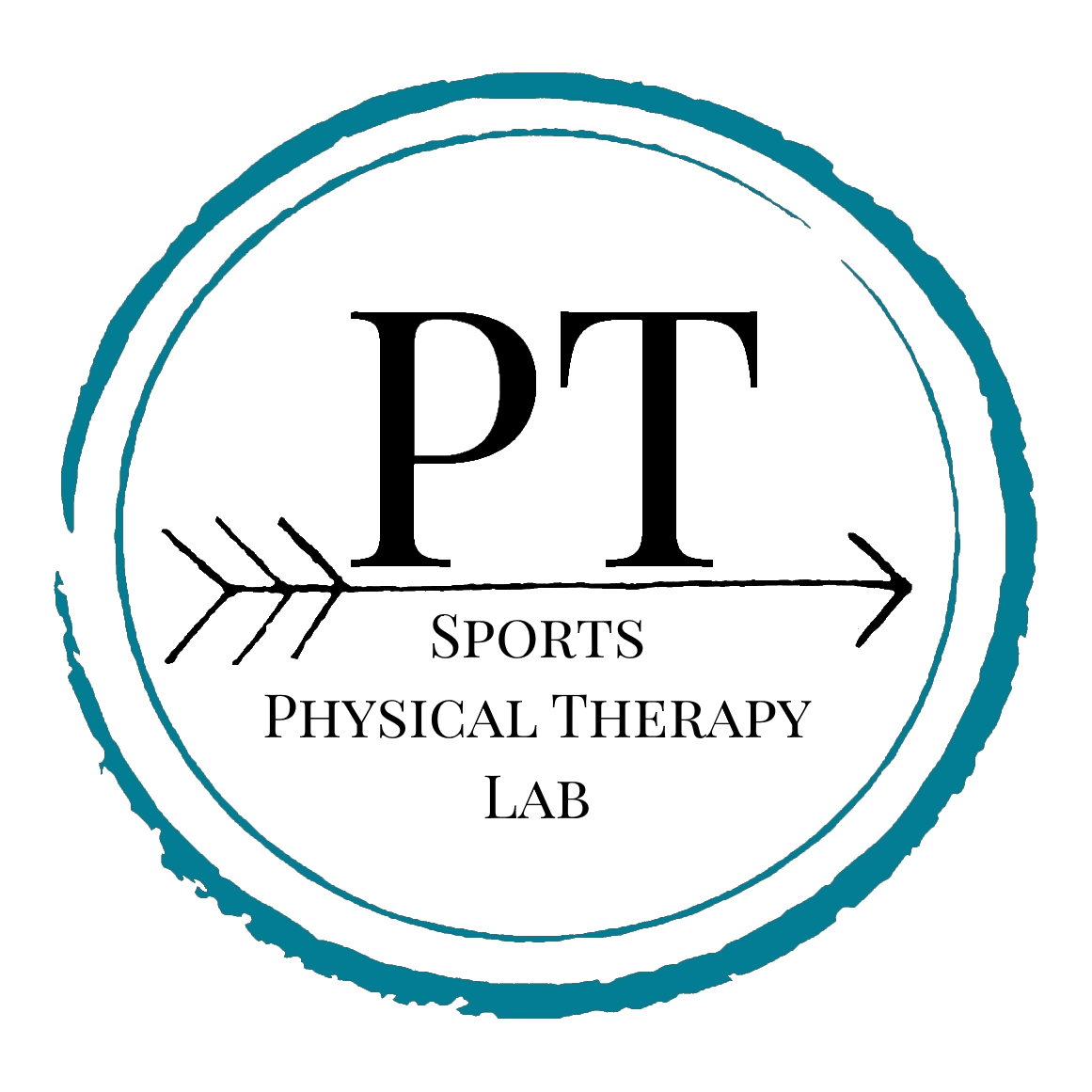How to get the MOST out of Mobility Work: Foam Rolling 101
Have you been confused or uncertain about the BEST way to foam roll? Watching others at the gym leave you scratching your head? Find yourself stopping mid-roll because you’re unsure if you are doing anything at all, other than inflicting significant amounts of pain? Well, this article was written for you! I get questions ALL THE TIME about foam rolling. Sometimes, I suggest using a Lacrosse (LAX) ball instead because the pressure is more targeted. Whatever tool you prefer to use, let me simplify the process of self mobility work and clear up any gray areas for you. You’ll know by the end of this article how to foam roll or use a LAX ball. You’ll know the optimal duration to use these tools, as well as which areas to focus. You will feel confident that you are doing the RIGHT thing for your body. I am only focusing on the lower body today. Video links are provided too for further clarity.
Let’s start with the hips! Now, your hip is a ball and socket joint, which means that it is able to rotate around in multiple directions. It is perfectly fashioned for squatting and running, but complicated when it comes to knots and tight tissue. Because of its design, the hip can have tightness in numerous areas, angles, and directions. The posterior portion of the hip is made up of the gluteal muscles. Think of your glutes as a “fan.” They have fibers branching out at angles like a fan attaching hip/thigh to pelvis. I demonstrate in this video here one of the BEST ways to release these muscles using a LAX ball. Utilize movement as shown in the video to relax tight tissue and provide freedom from tension and discomfort. Duration? 2-5 minutes total per side. However, don’t stop there as you can’t leave out the sides and front of the hips! These areas of the hip can get tight too and includes the Tensor Fasciae Latae, Quadriceps, and Psoas. You can see how to foam roll them in this video as well. How long should you spend? 2-5 minutes total per side.
Next up we have the knee. In the context of this article, I am focusing on the muscles above the knee that cross the joint. This includes the quadriceps, hamstrings, and Iliotibial band (ITB). The knee is a hinge joint, which is technically only able to bend and straighten. There is slight rotation that happens in the knee, but only in the last 30 degrees until the knee becomes fully straight. When one group of muscles that cross the knee dominate and become tighter, it will create torque across the joint and lead to pain or injury. Often times it is the lateral structures, such as the lateral quadriceps and ITB, but it is possible for other patterns to occur as well. You can watch me demonstrate how to foam roll the knee here in this video. The hamstrings can become tight as well and cause pain. You can see how to release the hamstrings in this video using a LAX ball. Take all of this into consideration when you are foam rolling and focus your time on the structures that are most tight or uncomfortable for you. Remember how long to spend? 2-5 minutes per structure, per side. As you stick with it consistently over time you will notice tissue soften and become less painful. It will not happen overnight, but takes faithful work.
Last up for this article is the ankle. Specifically this includes the muscle groups of the calf and peroneals. You can also include the bottom of the foot and plantar fascia, but using the Lacrosse ball works best for this as shown here. Similar to the mechanics of the knee joint, the ankle needs to hinge. If one muscle group is tight and pulling, it will throw off the mechanics, placing stress in the wrong areas leading to breakdown. You can see how to foam roll the calf and peroneals in this video. To target the peroneals, simply turn the foot out so you focus on the outer part of the lower leg. Plan to spend 2-5 minutes per side in each of these as well.
Sometimes even with faithful mobility work, my clients will still need a deep tissue massage session or dry needling to soften extremely tight tissue. There is no substitute for skilled, hands-on work. Knots and scar tissue can be fibrous and stubborn, and sometimes the area in need is deeper than the foam roller can reach. Thankfully Physical Therapy has not been replaced my machines or tools yet, or I would be out of a career!
Did you find this article helpful? If you enjoyed it and want to hear more on similar topics you can subscribe to my youtube channel or follow me on Instagram @kr1syk3s. Thanks for taking the time to read and learn more about how to keep your body healthy! You are worth the investment.
